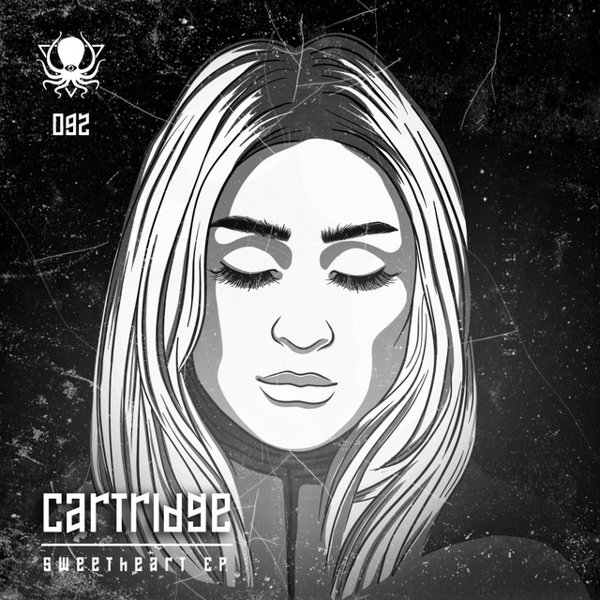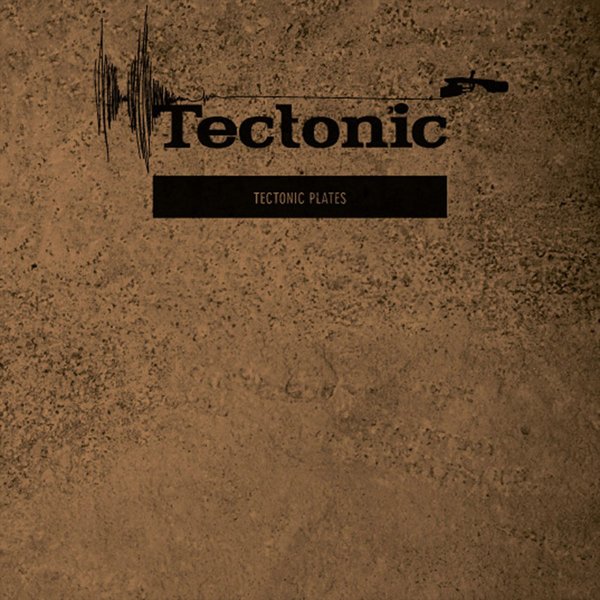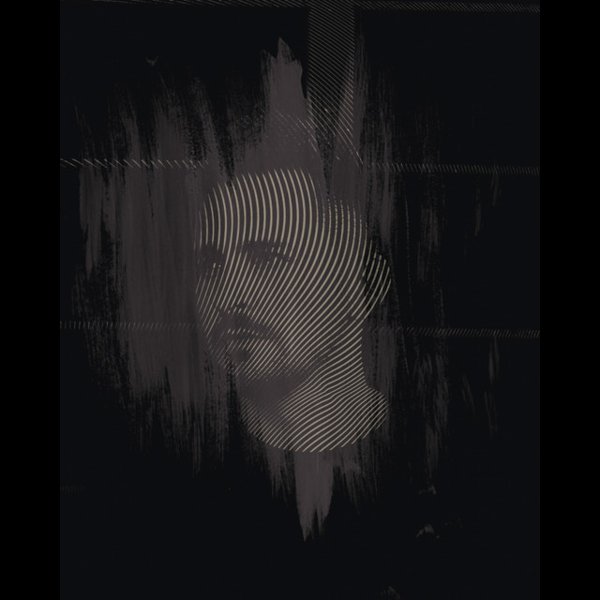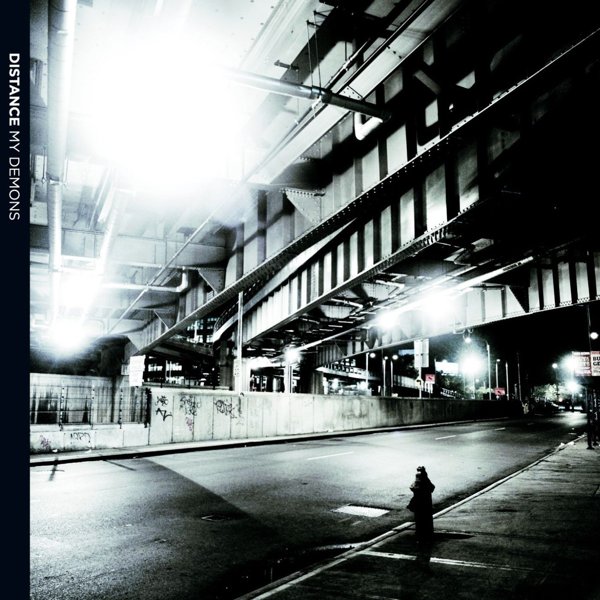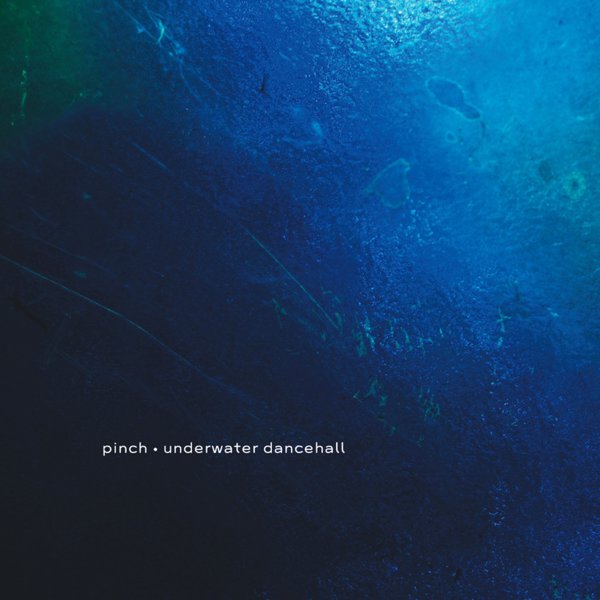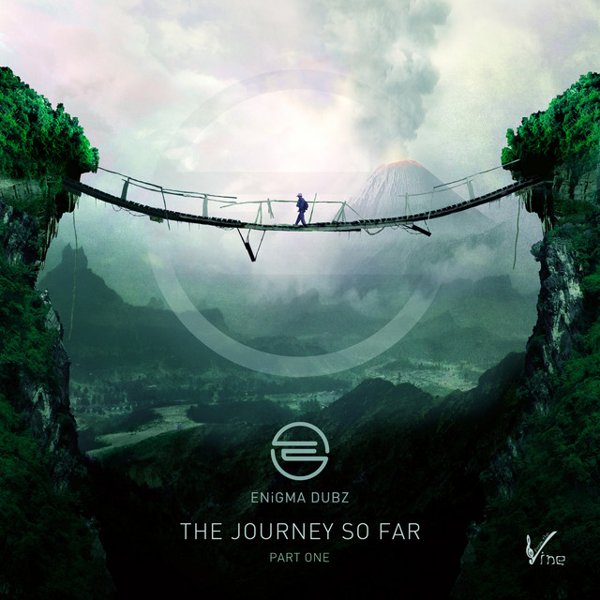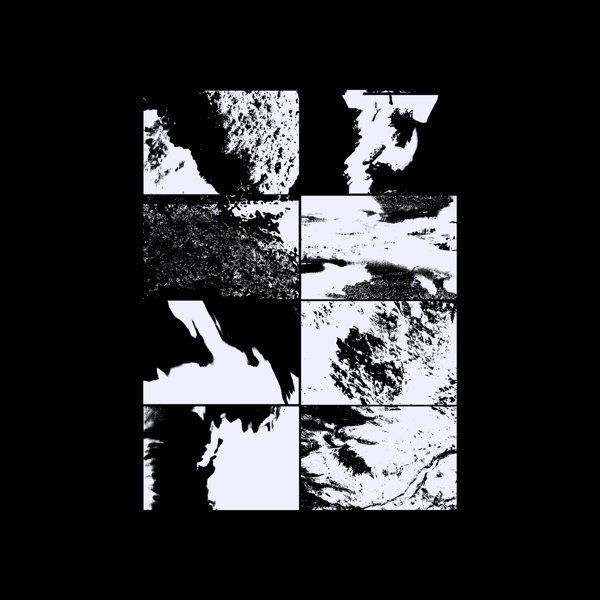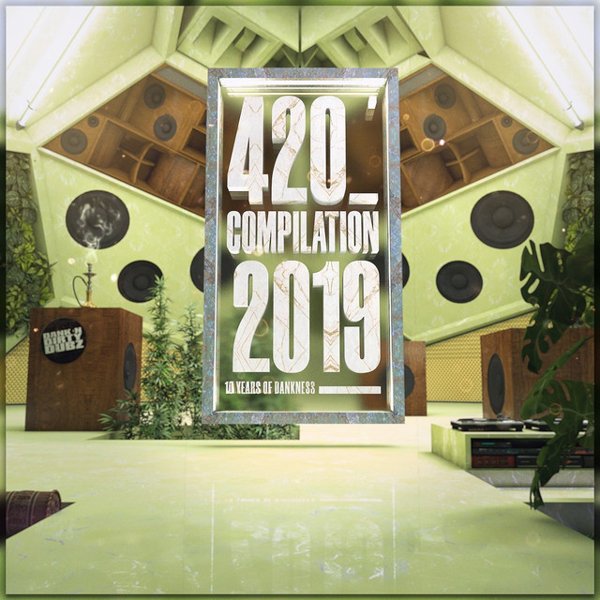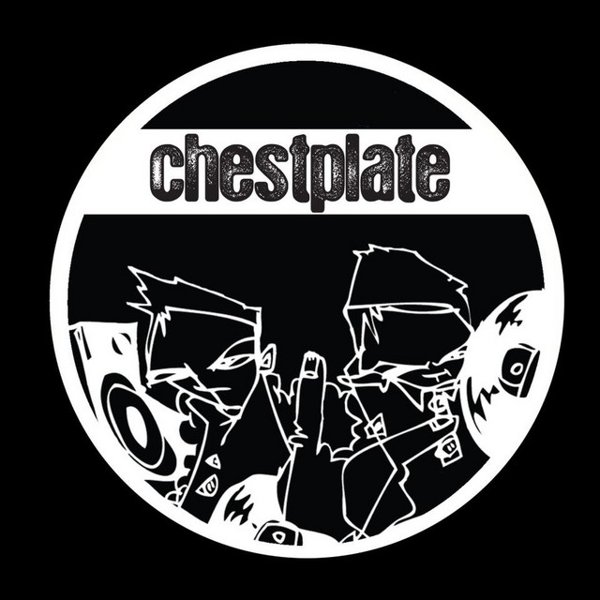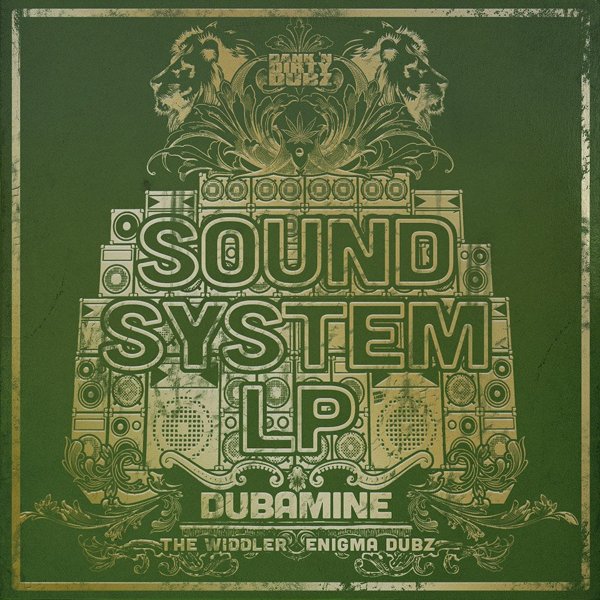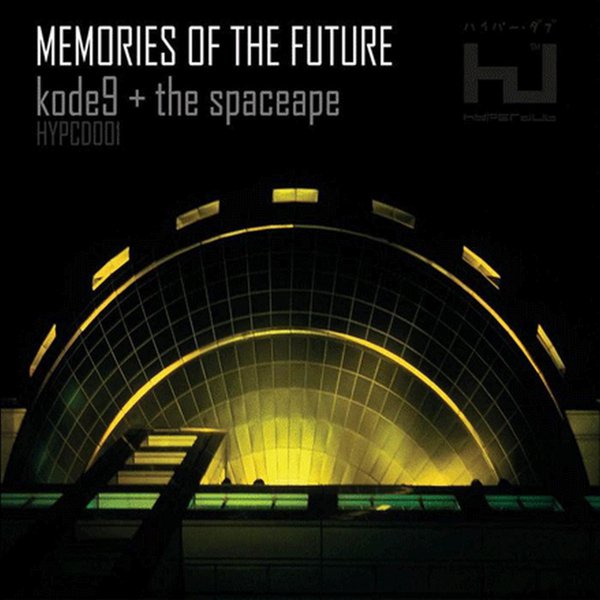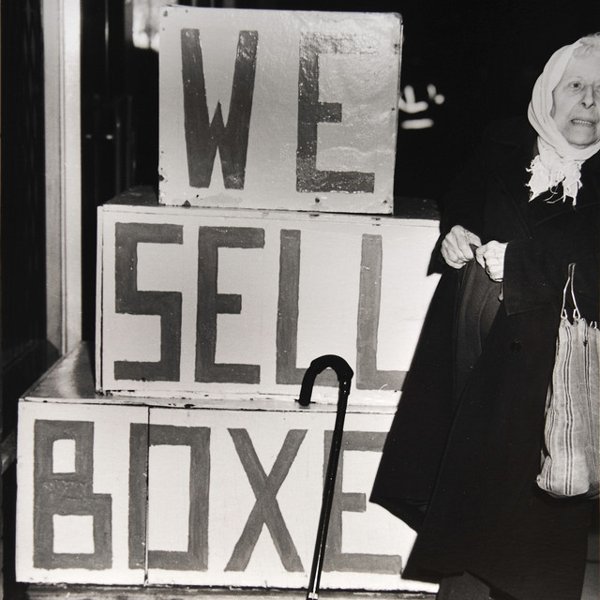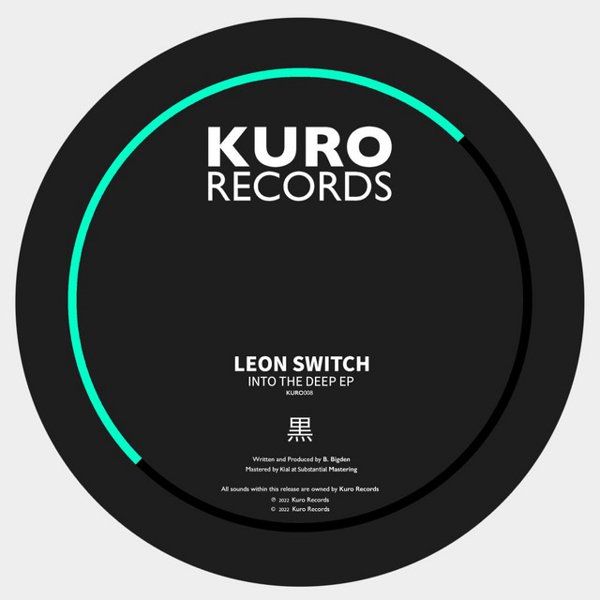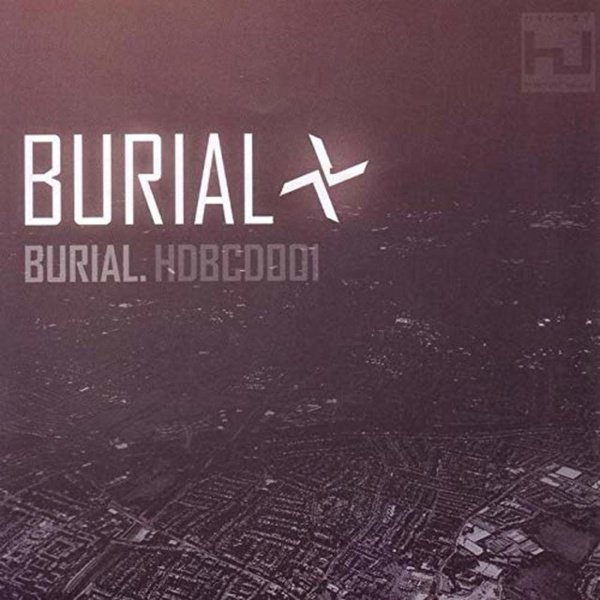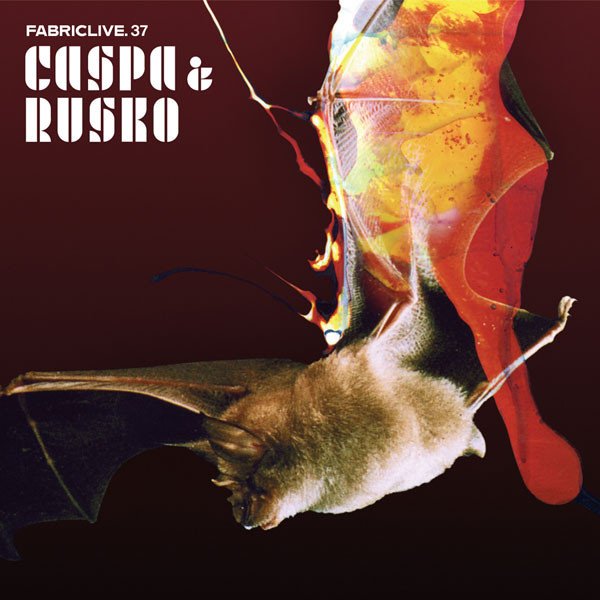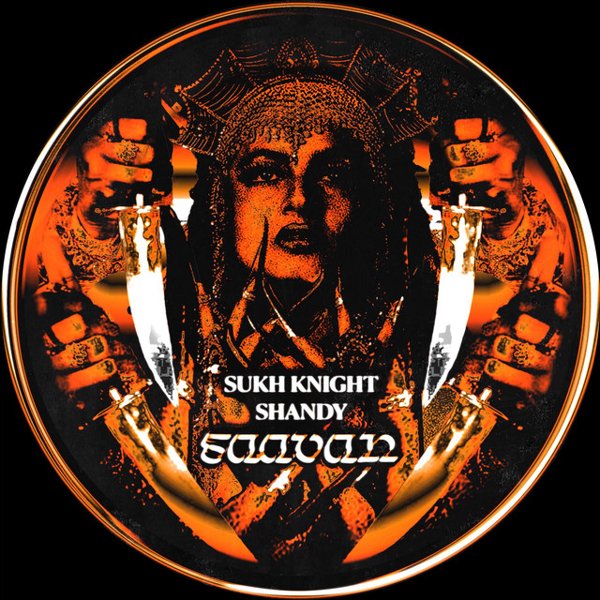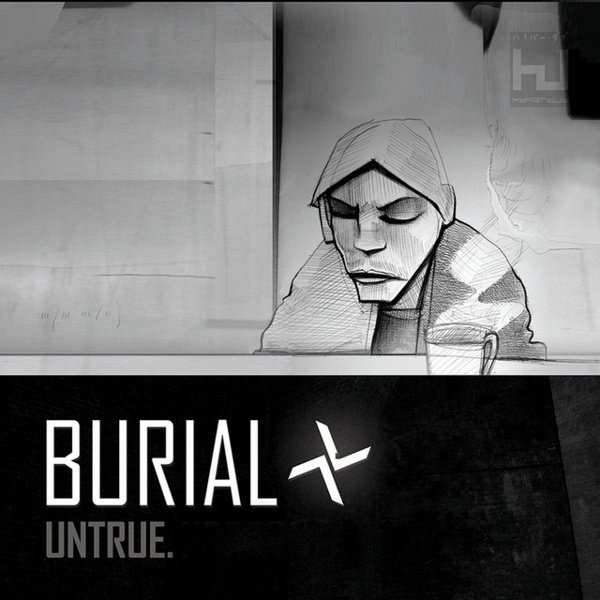When dubstep first emerged in London, it was a relatively dark, spare, and often foreboding style. Its roots in UK garage, dub reggae, and grime were obvious, but dubstep took those elements into new, deeper, and eerier places: garage and 2-step’s off-kilter rhythmic syncopations bounced around in dub reggae’s wide open sonic space, while minor chords and often-unsettling vocal samples created a mood that seemed less about dancing in a celebratory way and more about contemplating the futility of existence – but with a beat.
As all successful dance and club music genres do, dubstep has spawned an ever-proliferating family of stylistic offspring including riddim, neurostep, tearout, and the more pop-oriented (and mostly American) derivative often called “brostep.” Dubstep that harks back to the music’s original South London sound is now typically designated as “dark,” “deep,” or “minimal” dubstep – and although this old-school style has largely returned to the underground from whence it came, there to be appreciated mostly by dedicated aficionados, those darker sounds have never fully gone away. Artists like Distance, Pinch, and Burial are still producing rumbling, grumpy beats and desultory atmospherics and releasing them on labels like Deep Medi, Encrypted Audio, and Deep, Dark & Dangerous.

